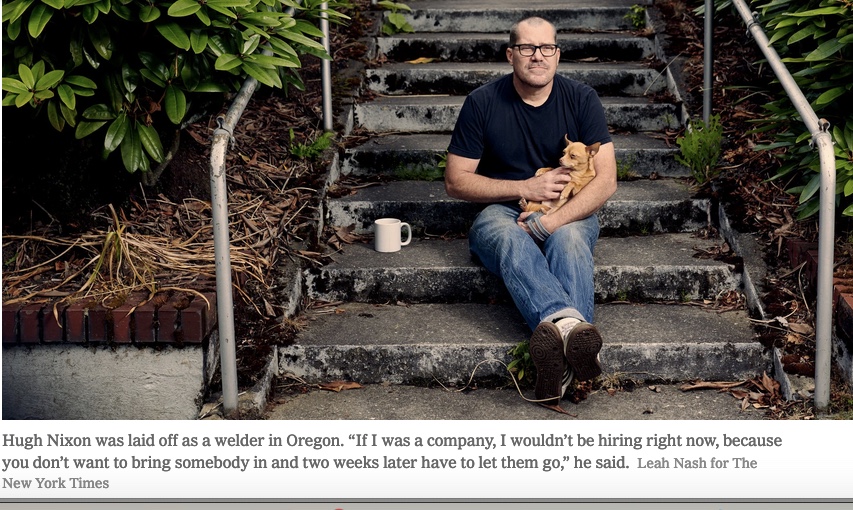Businesses are reopening after coronavirus shutdowns, governments are easing restrictions, and workers are gradually returning to their jobs. But the layoffs keep coming.
Another 1.5 million people applied for state unemployment benefits last week, the Labor Department said Thursday, while 760,000 more filed new claims for Pandemic Unemployment Assistance, a federal emergency program that extends benefits to self-employed workers, independent contractors and others who don’t qualify for standard benefits.
It was the 13th straight week that filings topped one million. Until the present crisis, the most new claims in a single week had been 695,000, in 1982.
“It’s still more than twice the worst week of the Great Recession,” said Heidi Shierholz, director of policy at the Economic Policy Institute, a progressive think tank. “It’s a sustained hemorrhaging of jobs unlike anything we’ve seen before.”
The pace of layoffs has slowed since early April, after unemployment filings topped 6.5 million for two straight weeks. And the total number of people receiving benefits has been edging down as businesses reopen and recall furloughed workers. About 20.5 million people were on state unemployment rolls in early June, down from a peak of nearly 25 million in early May, although economists caution that not all of that drop necessarily reflects people returning to work.
But even as some companies rehire, others are shedding workers, often by the hundreds or thousands. Hilton Worldwide, the hotel operator, said on Tuesday that it was eliminating 2,100 corporate jobs globally and would extend previously announced furloughs and cuts in wages and hours for 90 days. AT&T disclosed plans to eliminate 3,400 technician and clerical jobs nationwide and to permanently close more than 250 stores, according to one of its unions. The gym chain 24 Hour Fitness said Monday that it was filing for bankruptcy protection and would permanently close more than 100 locations; in posts on social media, many workers said they had learned they were laid off on conference calls.
Economists said the current layoffs, though smaller than the wave in March and early April, were in some ways more worrying because they suggested that the crisis was reaching deeper into the economy even as lockdowns eased.




